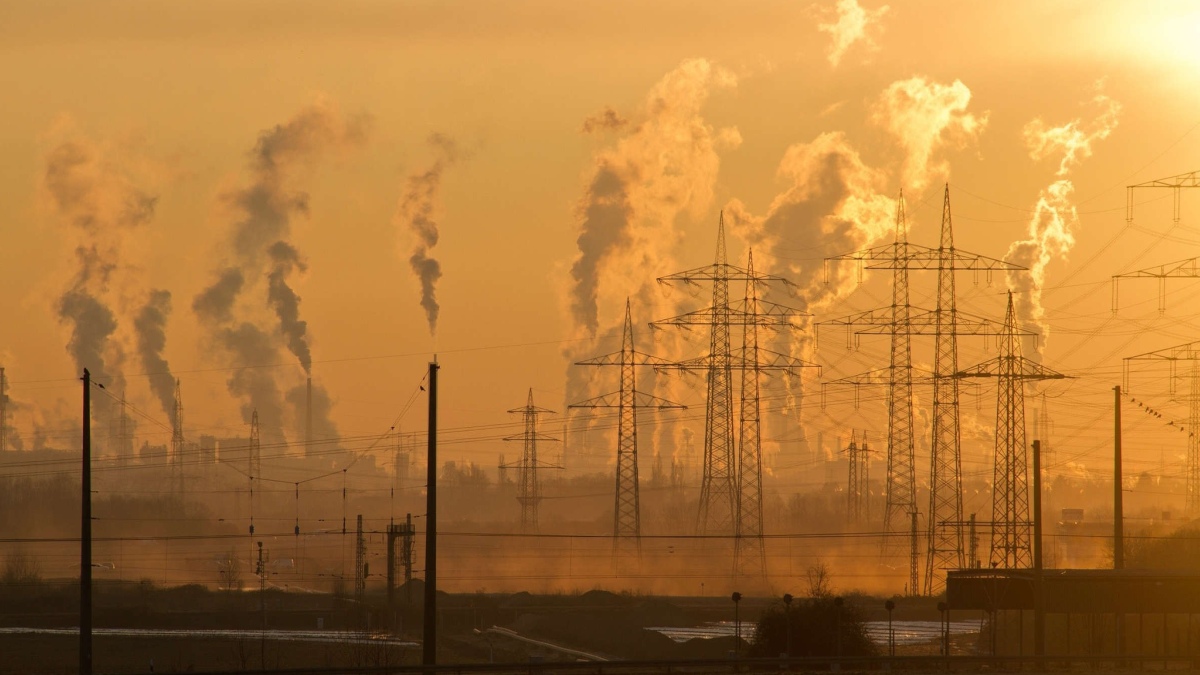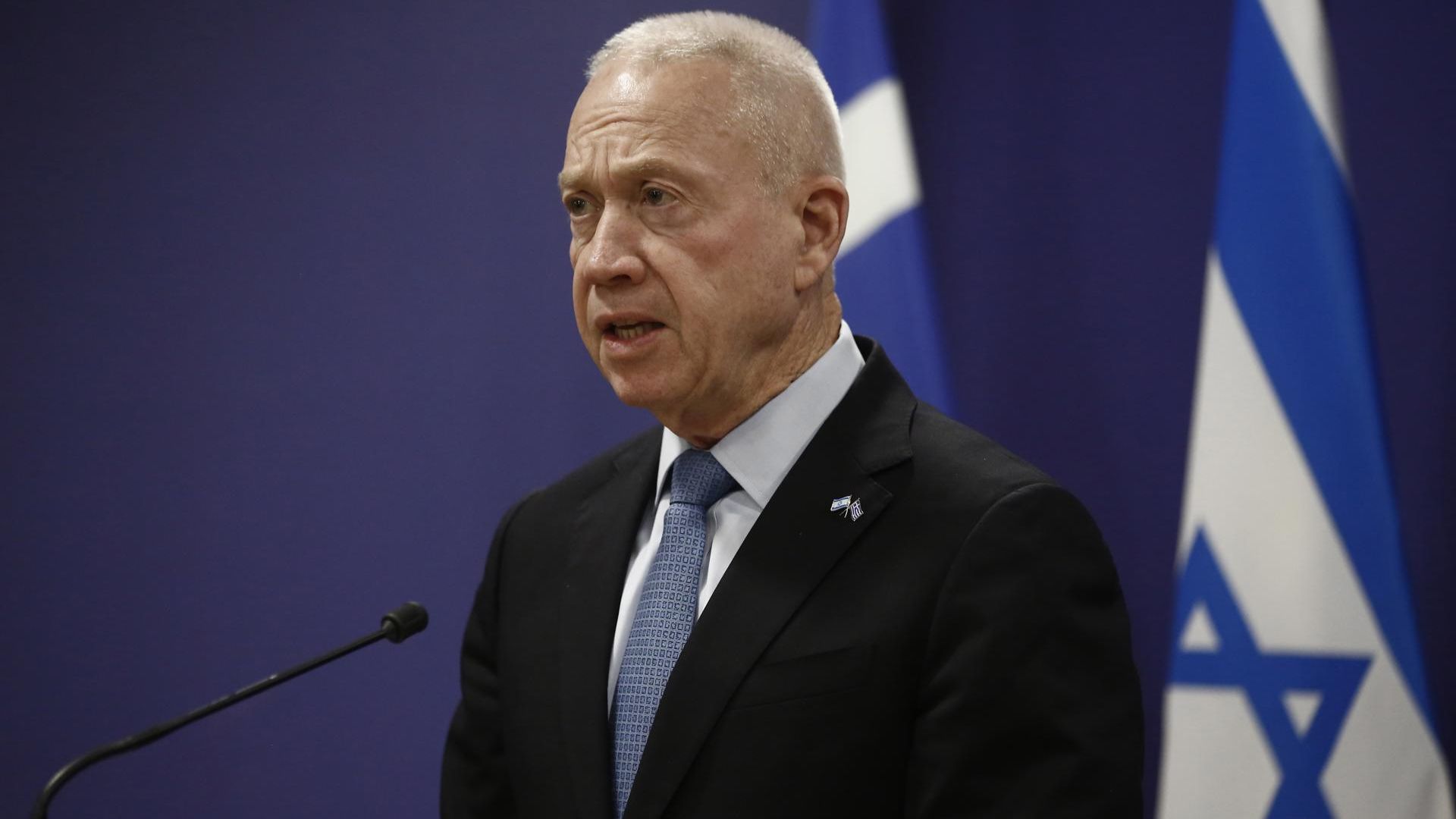
As India celebrated its 75th year of Independence, there is an urgent need for ‘Mother Earth’ to be independent of what is causing climate change to the extent of the problem, undoubtedly, becoming the greatest threat to our existence on this planet. Needless to say, climate change is impacting everyone and every country of the world, as this problem knows no boundaries and nobody is going to buy their way out of its effects.
Former US President Barack Obama has rightly pointed out, “We are the first generation to feel the effect of climate change and the last generation who can do something about it.”
So, the need of the hour is to shift in the top gear the ‘mission’ to deal with the problem of climate change, given the alarming proportions it continues to assume with every passing day. It’s good that India has understood the sense of urgency to tackle the problem of climate change resulting in global warming among other bad effects. The government led by Prime Minister Narendra Modi has, no doubt, demonstrably taken some good initiatives to implement what was seen as a clear-cut strategy to deal with this issue. In PM Modi’s own words: “the country is on track to achieving its climate goals before the target date as it switches over to energy-efficient mediums and uses waste to generate energy.” As part of its pledge under the 2015 Paris climate agreement, India, the world’s third-biggest carbon emitter after China and the US, is supposed to reduce its carbon footprint by 33% to 35% from 2005 levels by 2030. However, the Modi government is said to be gearing up to achieve it much before 2030. With the ‘passionate’ and ‘visionary’ government of the day having done in just seven years what could not be achieved in the last sixty years, the target seems to be achievable. If the micromanagement of all components goes into effective implementation of what will drastically reduce carbon emission, India can achieve the target on climate change well before 2030. With missionary and visionary zeal and teamwork consisting of the environment minister and experts under PM Modi’s leadership, it can also go to the next level of zero greenhouse emissions by 2050, which is ten years before China’s goal.
It’s a good augury as well that the government under PM Modi has responded suitably to global alarm over the deterioration in climatic conditions. The pressure on India to reduce carbon emissions considerably is understandable. What needs to be done is concrete action at a high speed and on a large scale to combat climate change. Nobody would disagree that the efforts should be on ‘mission mode’.
As the leadership is about taking responsibility, not making excuses, PM Modi has exactly done the same by demonstrating that his government knows the way, goes the way and shows the way. His major signature project PM Ujjwala Yojana aimed at cutting carbon emission speaks volumes of this. The World Health Organisation (WHO) admired Pradhan Mantri Ujjwala Yojana, describing it as an effective step to tackle and reduce air pollution, with millions of women below the poverty line being given free LPG connections to support them to switch to clean household energy.
‘India’s per capita carbon footprint is 60% lower than the global average, which can be attributable to our lifestyle being still rooted in sustainable traditional practices.’ Behavioural changes in India have also added to the country’s fight against climate change. Companies’ greater involvement in creating awareness and other processes under Corporate Social Responsibility (CSR) can accelerate things in the right direction. As economy and ecology go hand in hand, the economic perspective needs to be taken into consideration vis-à-vis the combat against the climate change challenge.
The spirit and momentum which were seen during the “Quit India Movement” should also be there to give a fillip to the ongoing mission to combat climate change.
A government with innovative moves can give any such mission the needed effective and positive impetus. From building toilets to ramping up cleanliness through the Swachh Bharat Mission, the Modi government demonstrated a similar innovation which was well-received down to rural areas, with open defecation practice coming to almost an end in various regions of the country. This revolutionary movement had people coming out to clean the roads across India. For any movement to be a success there should be strong leadership. By giving the slogan, “Pehle shauchalaya, phir devalaya” (Toilets before temples), PM Modi not only led from the front but also set the tone for his government’s real fight against the global menace of climate change.
What makes this cleanliness mission more important is the fact that it brought about the much-needed behavioural changes among the masses down to the grassroots level, a goal which is a mandatory component of the strategy to fight immediate enemy ‘pollution’ and long-term problem of ‘climate change’.
What is also important from the point of view of the government’s fight against climate change is that 20% ethanol mixing in petrol has been advanced to 2025 from the earlier target of 2030. Definitely, every citizen will have to play a responsible role in strengthening the hands of the government in its mission to protect the environment. That ecological balance in the air, water and land has to be maintained by the people is pragmatic thinking of the government. A charismatic leader with a mass appeal can motivate the people to do so.
The Modi government’s National Hydrogen Mission to expedite plans to generate carbon-free fuel from renewables is another innovative step in the direction of India’s quest for self-reliance in energy.
The use of highly efficient LED lighting by most households is another achievement that India has made in this regard. One can recall how the PM publicized the use of LEDs on every public forum. Even the International Energy Agency (IEA) has found India’s achievements impressive.
For clean energy, India should be allowed to be a member of the Nuclear Suppliers Group (NSG). PM Modi once said in New York, “Because India is not a member of the Nuclear Suppliers Group, we don’t have an assured supply of fuel.” India needs to be in this group that will help the country reduce the use of coal.
What is a welcome development is that the share of non-fossil sources in India’s installed capacity of electricity has grown to 38%. India is also said to be working to increase the share of natural gas from the current 6% to 15% by 2030.
Reducing the use of pesticides will also be one of the effective steps in the direction of combating climate change. Improving soil health is also one of the ways. Setting up bio-gas plants to turn municipal and agriculture waste into energy is also an effective measure.
There is no denying that deforestation leads to climate change, which leads to ecosystem losses, which negatively impacts our livelihoods. It is a vicious cycle. Deforestation needs to be stopped for good, and the recent data given by the government augurs well as far as forest conservation is concerned. Forest coverage is said to have increased and the number of tigers has also gone up.
The India-US joint ‘agenda 2030’ on green collaborations aimed at dealing with climate change globally could be an important development as part of which India appears to have taken many bold steps on clean energy, energy efficiency and biodiversity. However, steps to decarbonize various sectors including industry need to be taken, which could be possible through advanced technologies. India needs to build capacity as well to manage the risks of impacts of climate change. India together with the global community including the USA needs to act on a much larger scale in this regard.
India is among the few countries whose NDCs are two-degree-Celsius compatible, thanks to the efforts taken so far. Under the Paris agreement, each country has to set its own emission-reduction targets, known as nationally determined contributions (NDCs) and the pact’s goal is to limit global warming to well below two degrees Celsius.
There is also a debate going on whether to set or not a goal to zero out India’s greenhouse gas emissions by mid-century. Definitely, this would be a huge target if at all it is set for a coal-dependent economy. China, which is the biggest polluter, has won international praise for setting a 2060 net-zero target in September. India should also set such a target and complete it before China’s schedule. According to information, PM Modi has asked its officials to consider the ways to achieve this goal by 2050 itself. The feeling sweeping across India that saving the environment is also a kind of patriotism underlines the Modi government’s unique style of functioning, which is also the need of the hour to take any challenge head-on.
Anshuman Rao is a political analyst and former Chairman, Andhra Pradesh Electronics Development Corporation.













